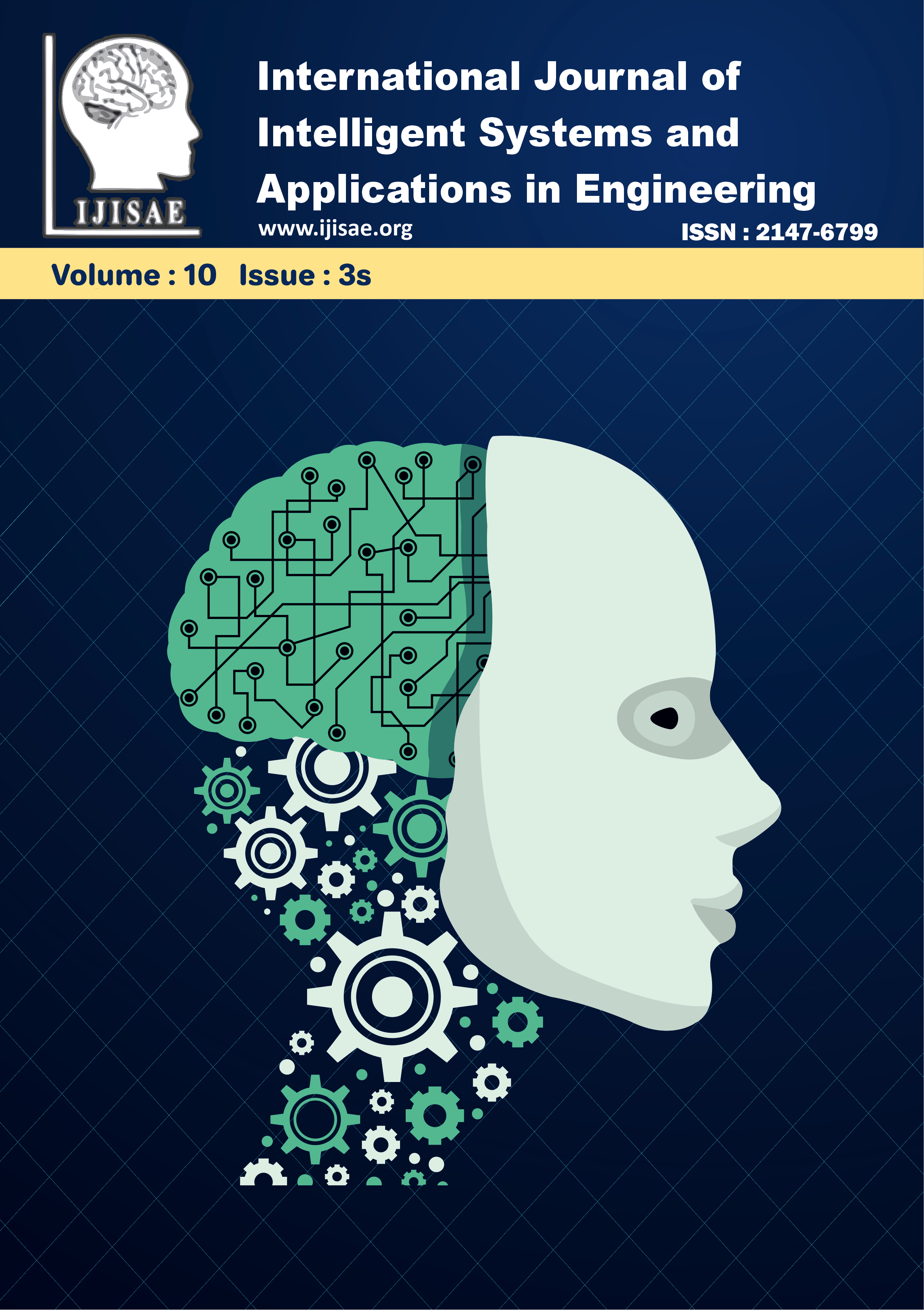Efficient Substring Pattern Matching Technique for Hindi Language Text
Keywords:
Pattern, Substring Searching, Unicode ,Hindi Language Processing, String Searching, Substring Matching, Computational Linguistics, Pattern DetectionAbstract
With the exponential growth of internet users, the demand for regional language support, particularly Hindi, has significantly increased. However, the digital ecosystem remains predominantly optimized for the English language, resulting in a subpar experience for native Hindi users. Addressing this gap necessitates the development of efficient computational techniques tailored for Hindi language processing. One of the critical challenges in this domain is efficient string searching, which forms the basis for numerous applications such as text retrieval, data mining, and natural language processing. This research presents a novel substring searching algorithm specifically designed for the Hindi language. The proposed approach focuses on minimizing the number of character comparisons required to locate a pattern within a given string, thereby improving search efficiency and overall computational performance. By leveraging the unique characteristics of the Hindi script and optimizing the search mechanism accordingly, our algorithm enhances processing speed while maintaining high accuracy. This advancement not only contributes to the field of computational linguistics for Hindi but also promotes broader inclusion of regional languages in digital platforms, ensuring a more equitable and seamless user experience for the growing base of Hindi-speaking internet users.
Downloads
References
B.K. Joshi, 1998 “On the Design and Implementation of Computer Software and Software Development Tools in Hindi” Ph.D. Thesis, Rani Durgavati University, Jabalpur.
B.Sahu, B.K.Joshi(2020) “A Tool for Statistical Analysis of Alphabets and Words of Hindi. In: Kumar A., Paprzycki M., Gunjan V. (eds). Lecture Notes in Electrical Engineering,vol 601.Springer, Singapore. ICDSMLA 2019 pp 1237-1244.
B.K.Joshi and K.K.Kushwaha, November 2016, “Micro-Parsing of Hindi Words”, International Journal of Computer Science and Information Security", Vol-14, No 11, pp. 261-265.
B.K.Joshi and K.K.Kushwaha, “Sandhi: The Rule-Based Word Formation In Hindi”, December 2016, International Journal of Computer Science and Information Security, Vol-14, No 12, pp. 781-785.
K.K.Kushwaha and B.K.Joshi, Nov18-19, 2016, “Hindi Modifier Recognition based on Pixel Relationship”, International Conference on ICT Business Industry Government, Indore, Pp.1-6.
K.K.Kushwaha and B.K. Joshi March 2017 “Rola An Equi-Matrik Chhand of Hindi Poems”, International Journal of Computer Science and Information Security(IJCSIS), Vol. 15, No. 3, pp.362-364.
C. Wissink, “ Issues in Indic Language Collation ,” in 19th International Unicode Conference San Jose, 2001, pp. 1–9.
A.Rathod, A.Joshi, U.Athavankar, “Text Input Methods For Indian Languages”, Master of Design Project Thesis, Industrial Design Centre, Indian Institute of Technology, Bombay, 2002.
A. Joshi, A.Ganu, A.Chand, V. Parmar, G.Mathur , “Keylekh: a keyboard for text entry in indic scripts” Conference Paper · January 2004 DOI: 10.1145/985921.985950
V.J. Dongre and V. H. Mankar, “Development of comprehensive devanagari numeral and character database for offline handwritten character recognition,” Applied Computational Intelligence and Soft Computing, vol. 2012,January 2012 Article No.: 29 pp. 1–5.
Lina Lumburovska, “Time-Efficient String Matching Algorithms and the Brute-Force Method” Bachelor Thesis University Study Program First Cycle Computer And Information Science , 2018 Ljubljana.
Downloads
Published
How to Cite
Issue
Section
License

This work is licensed under a Creative Commons Attribution-ShareAlike 4.0 International License.
All papers should be submitted electronically. All submitted manuscripts must be original work that is not under submission at another journal or under consideration for publication in another form, such as a monograph or chapter of a book. Authors of submitted papers are obligated not to submit their paper for publication elsewhere until an editorial decision is rendered on their submission. Further, authors of accepted papers are prohibited from publishing the results in other publications that appear before the paper is published in the Journal unless they receive approval for doing so from the Editor-In-Chief.
IJISAE open access articles are licensed under a Creative Commons Attribution-ShareAlike 4.0 International License. This license lets the audience to give appropriate credit, provide a link to the license, and indicate if changes were made and if they remix, transform, or build upon the material, they must distribute contributions under the same license as the original.






